On 23 October 2024, the TWAS Public Information Unit taught a class at the United World College of Adriatic in Duino, Italy, teaching students there how science communication works and why it matters.
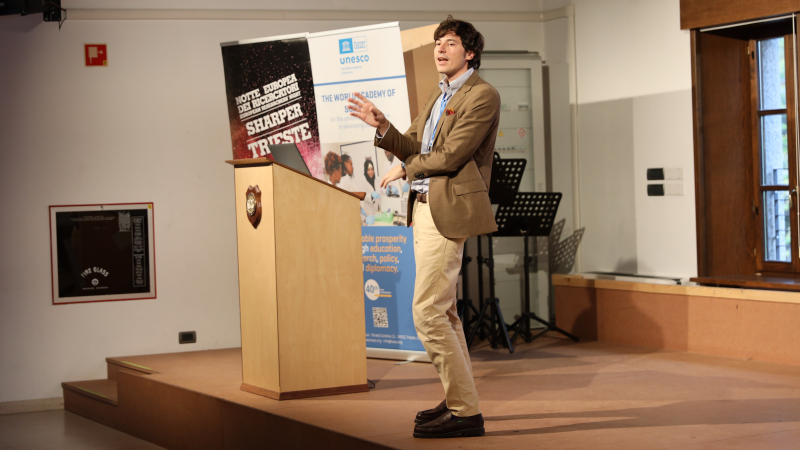
Around 25 students from all over the world, including developing countries, attended. TWAS staff taught them about the Academy’s role in the world, the difference between science communication and science journalism, the importance of storytelling, how journalists conduct interviews, and how to write a popular science story while avoiding jargon.
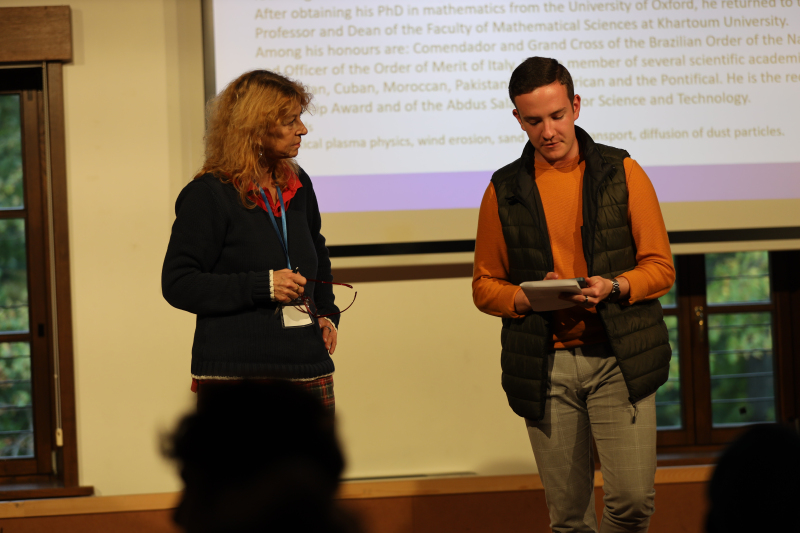
The United World College of Adriatic, or UWCAD as it is popularly called, is an open campus in the village of Duino, in the Friuli Venezia Giulia region, functioning as a two-year pre-university boarding school. Currently, there are about 180 students from over 80 countries, who follow an International Baccalaureate programme in English. They share core values such as intercultural understanding, respect, idealism, personal integrity, and responsibility. And, of course, they are eager to learn new subjects such as science communication, and journalism.
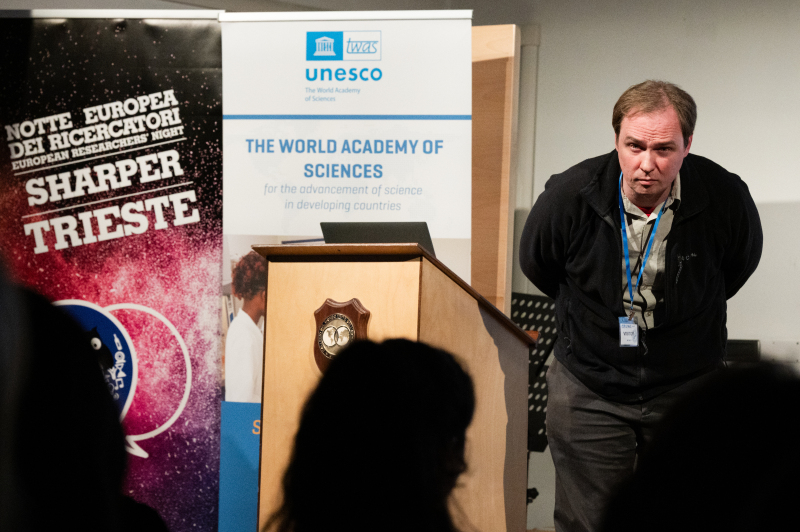
During the event, the class worked on two assignments. In the first one, they examined a scientific article to spot the relevant information, learning how to combine them to engage the readership. In the second exercise, the students worked on the biography of Prof. Mohamed H.A. Hassan, the immediate TWAS past president and long-time executive director. After spotting keywords related to Hassan's role within the Academy, they came up with questions for an interview. Also, they learned what makes a scientific discovery newsworthy, were shown examples of scientific jargon, and learned how science journalists write popular science stories.
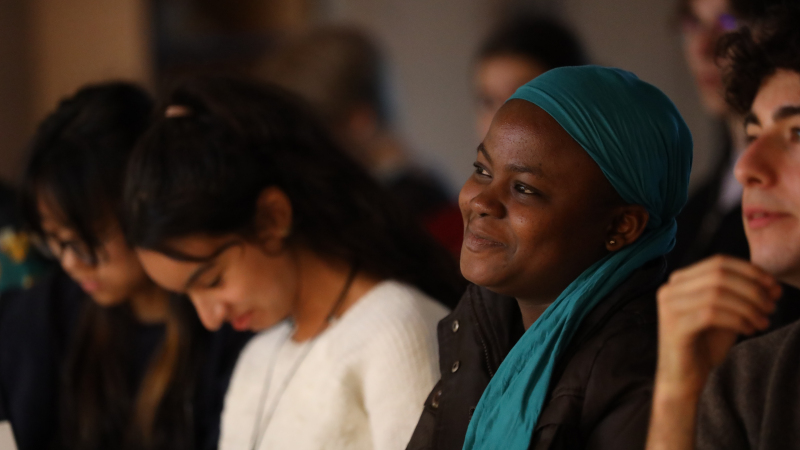
"This workshop was a very valuable experience for our students, as they learned about the importance of science journalism and effective and accurate science communication," said Milos Busarcevic, who teaches biology and theory of knowledge at UWCAD. "Several students expressed their interest to become science journalists, and we hope to continue working with TWAS."
Some students also expressed their appreciation for the initiative. "I heard about science journalism for the first time, and I was really surprised that we can combine these two fields. I am really grateful because now I see journalism in another way," said Esperance from Togo.
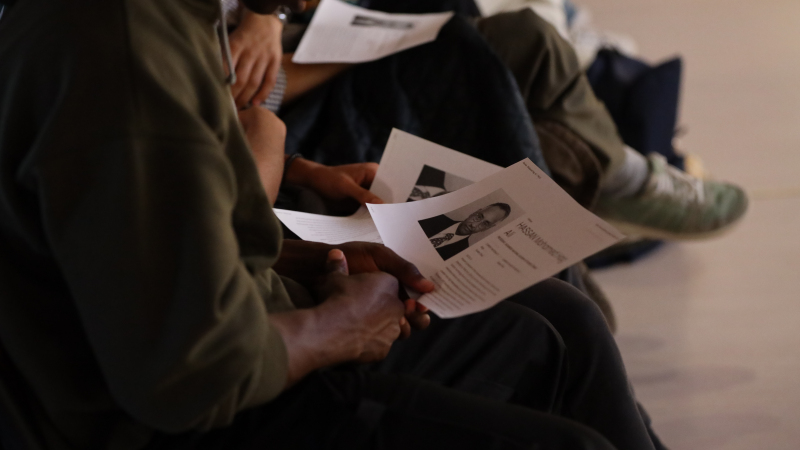
"I really enjoyed the workshop, because I had the opportunity to see journalism from a different point of view,” added Zölan, from Hungary. “Now I am truly interested in science journalism, I’ll read more scientific news in the future."
The event was oganized through SHARPER—SHAring Researchers' Passion for Education and Rights—an Italian project supported by the European Commission for a science outreach event called European Researchers' Night in 2024 and 2025. A short final question-and-answer session gave the students the opportunity to learn more about careers in scientific journalism and communication.
More pictures from the event are available on the TWAS Flickr pages.
Cristina Serra

